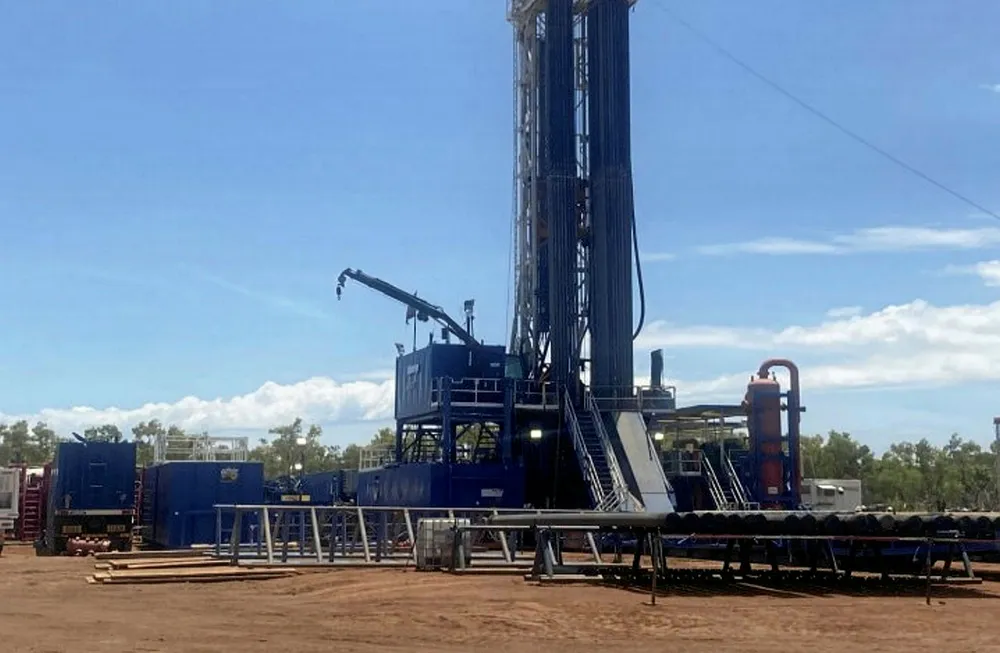Australian shale success: Beetaloo basin exploration well hits liquids rich gas
Empire Energy his nearly 1000 metres of Velkerri shale in Northern Territory exploration well

Empire Energy his nearly 1000 metres of Velkerri shale in Northern Territory exploration well
